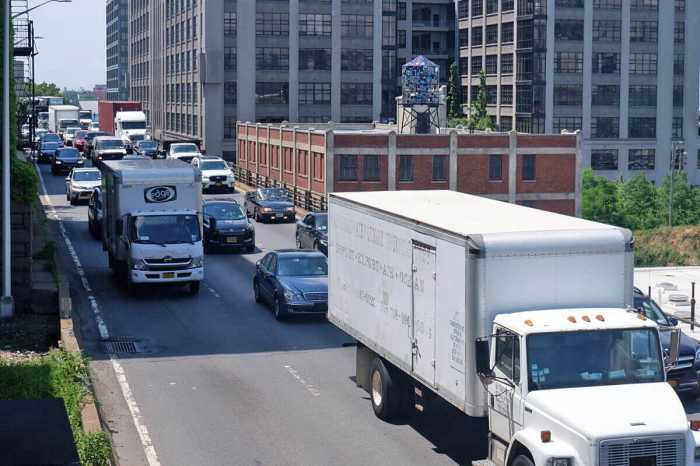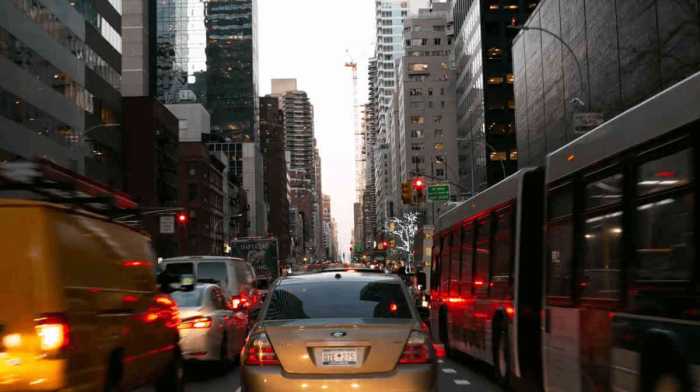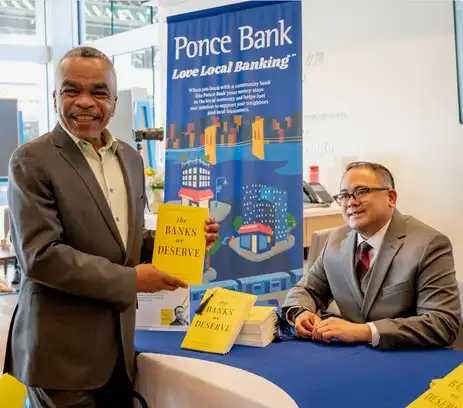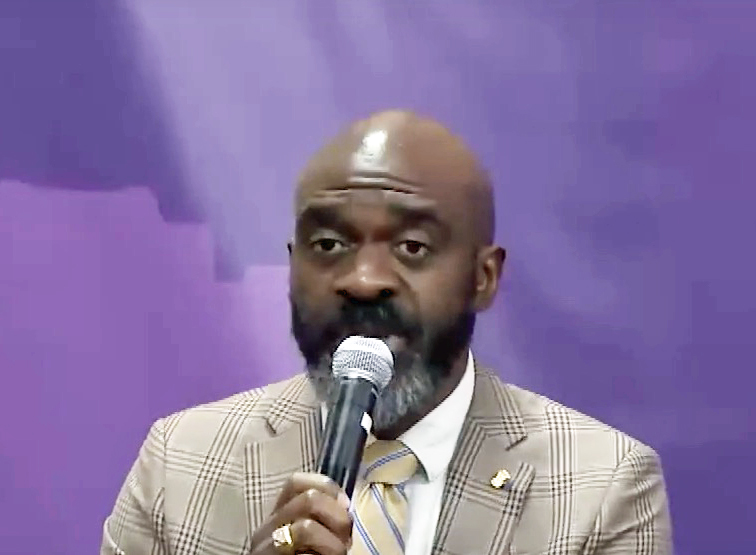New York City Mayor Eric Adams last Wednesday laid out updated figures the asylum seeker crisis will cost the city over the next two fiscal years if swift action is not taken by the state and federal governments to further help manage this emergency.
Adams said the city has already spent $1.45 billion in Fiscal Year (FY) 2023 to provide shelter, food, and services to tens of thousands of Caribbean and other asylum seekers.
Many of the asylum seekers arriving in New York City from the southern borders of the United States are nationals of Cuba, Haiti and Venezuela.
But — as the city nears a total of 100,000 asylum seekers arriving since spring of 2022 — without further support, Adams said new cost estimates based on current trends show that the city has the potential to spend upwards of $12 billion over three fiscal years (FY23, FY24, and FY25) without policy changes.
“Immigration is the New York story. It is the American story. But as I declared nearly a year ago, we are facing an unprecedented state of emergency due to the asylum seeker crisis,” said Mayor Adams. “Since last year, nearly 100,000 asylum seekers have arrived in our city asking for shelter, and we are past our breaking point. New York City has been left to pick up the pieces of a broken immigration system — one that is projected to cost our city $12 billion over the course of three fiscal years without policy changes and further support from the state and federal governments. Our compassion may be limitless, but our resources are not.
“This is the budgetary reality we are facing if we don’t get the additional support we need,” he added. “Without immediate assistance from our state and federal partners, we will continue to see heartbreaking scenes like the one outside The Roosevelt last week.
“New Yorkers did not create an international humanitarian crisis, but our city’s residents have been left to deal with this crisis almost entirely on our own,” Adams continued. “Our city will remain a beacon for all who come to our shores, because that is the New York City way; it is time for that to be the American way as well.”
Adams laid out what he described as “clear steps the state can take to support the city and avoid the potential of spending over $12 billion over three fiscal years.”
He said this includes, among others: Implementing a statewide decompression strategy to ensure each county is doing its part to assist with this humanitarian crisis; increasing the number of state-run and state-provided sites; and providing additional funding to help the city with the costs already incurred by the crisis.
The city also reiterated its asks to the federal government to help manage this crisis and avoid the potential of spending over $12 billion over three fiscal years, including, among others: Expediting work authorizations for asylum seekers so they can more expeditiously secure employment; declaring a state of emergency to manage the crisis at the border; and providing more federal reimbursement for costs incurred by the city.
Without further support from state and federal partners, and without policy changes at the city level, the mayor warned new cost forecasts “underscore the significant fiscal toll the ongoing crisis will take on the city.”
He said the city’s cost estimates are based on the number of asylum seeker households in its care.
Adams said the census has grown steadily over time and accelerated since the expiration of Title 42 in May 2023.
Currently, he said there are more than 25,600 households in the city’s care or more than 57,300 asylum seekers — nearly 6,500 households above the city’s previous forecast — “generating significantly higher costs to city.”
With updated costs of an average of $383 per night, without a single additional person added to the census, Adams said the city forecasts the new cost will be almost $3.6 billion in the current fiscal year.



























